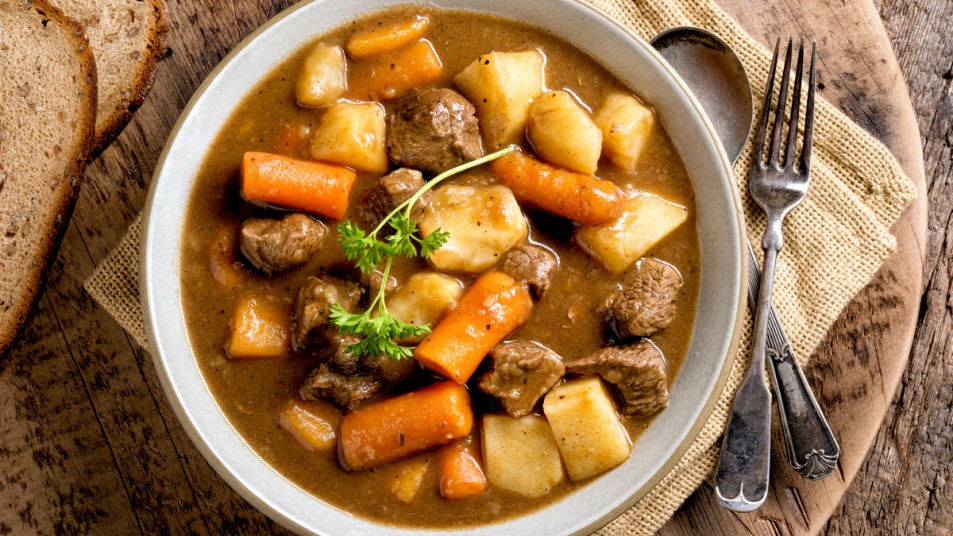14 Delicious Foods High in Zinc to Help You Stay Healthy All Winter Long

It’s that time of year again. No, not just the holidays, but also when we start to reach for our go-to immune boosters to ward off cold symptoms. You might already reach for zinc supplements to help, but did you know there’s plenty of food high in zinc you can nosh on, too?
Of course, avoiding the common cold (or rhinovirus, in science terms) is on our minds even more this year with the ongoing pandemic. Any sniffle or cough can send us into a panic, so stocking up on extra nutrients to keep them at bay can give us peace of mind on top of just feeling our best.
So, let’s breakdown why this zinc is so helpful when it comes to staying healthy. According to the US Department of Health and Human Services (HHS), zinc is important on a cellular level for things like wound healing, protein synthesis, and, of course, immune function. The organization explains that it has been shown to reduce the severity and duration of common cold symptoms by blocking the rhinovirus from binding and replicating while also suppressing inflammation.
The HHC lists the daily recommended amount of zinc for women over 19 as just 8 milligrams, but we can go as high as 40 milligrams a day without any potential adverse effects.
So, with that in mind, here are some delicious ways to chow down.
Food High in Zinc
- Chuck roast beef: 7 milligrams (per 3 ounces)
- King crab: 6.5 milligrams (per 3 ounces)
- Beef patty: 5.3 milligrams (per 3 ounces)
- Lobster: 3.5 milligrams (per 3 ounces)
- Pork chop: 2.9 milligrams (per 3 ounces)
- Baked beans (canned, plain or vegetarian): 2.9 milligrams (per 1/2 cup)
- Fortified breakfast cereal: 2.8 milligrams (per serving)
- Chicken: 2.4 milligrams (per 3 ounces)
- Dried pumpkin seeds: 2.2 milligrams (per ounce)
- Low fat yogurt: 1.7 milligrams (per 8 ounces)
- Roasted cashews: 1.6 milligrams (per ounce)
- Cooked chickpeas: 1.3 milligrams (per 1/2 cup)
- Swiss cheese: 1.2 milligrams (per ounce)
- Instant oatmeal: 1.1 milligrams (per packet)
It’s important to be mindful of how much zinc-rich food you’re noshing on, though. A recent study went so far as to call zinc the “gatekeeper of immunity,” but warned “zinc excess provokes an impairment of the immune system comparable to zinc deficiency.”
In fact, getting too much zinc can give you flu-like symptoms — headache, chills, cough, fever — which defeats the whole point. Luckily, keeping your levels balanced with food rather than supplements is a great way to make sure you’re getting all the benefits with less chance of any nasty side effects.
Now go ahead, eat up and stay healthy!












